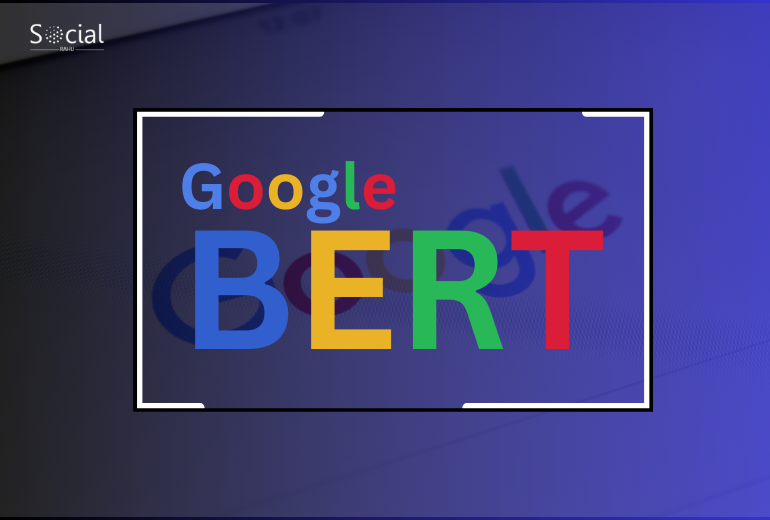BERT, short for Bidirectional Encoder
Representations from
BERT examples
BERT is used e.g. a wide range of language
tasks. Below are examples of where the framework can help.
·
Determine if movie reviews are
positive or negative
·
Help chatbots answer questions
·
Help predict text when writing
an email
·
Can quickly summarize long
legal contracts.
·
Distinguishes ambiguous text
words. surrounding context based on text
Why is BERT important?
BERT converts words into numbers. This process
is important because machine learning models use numbers, not words, as inputs.
It allows you to train machine learning models on your text data. In other
words, BERT models are used to transform your text data so that it can be used
with other types of data to make ML model predictions.
BERTS Frequently Asked Questions
Can BERT be used for topic modelling ?
Yes. BERT Topic is a topic modeling technique
that uses BERT embeddings and class-based TF-IDF to create dense clusters,
enabling easy-to-interpret topics and preserving important words in topic
descriptions.
What is Google BERT used for?
This is important. Note. that BERT is an
algorithm that can be used in many other applications besides Google. When we
talk about Google BERT, we mean its application in the search engine system.
With Google, BERT is used to understand user search intent and content indexed
by the search engine.
Is BERT a neural network?
Yes. BERT is a neural network-based technique
for pre-training language processing. It can be used to extract the context of
words in search queries.
Is BERT supervised or unsupervised?
BERT is a deep two-way unsupervised linguistic representation pre-trained only on a corpus of text.
H2O.ai and BERT: The pre-trained models by BERT provides natural language processing (NLP) cutting-edge results. Unlike directional models, which read text sequentially, BERT models look at surrounding words to understand context. The models are pre-trained to use large amounts of text to learn relationships, giving them an advantage over other techniques. Thanks to H2O Driverless AI GPU acceleration, using high-tech technologies has never been faster or easier
Differences between GPT-3 and BERT
There are quite a few differences between BERT
and GPT-3, and the most obvious are:
Main goal
ChatGPT-3 generates text based on the context
and is designed for conversational AI and chatbot applications. In contrast,
BERT is primarily designed for tasks that require understanding of the meaning
and context of words. So, it is used for such NLP tasks as sentiment analysis
and question answering.
Architecture
Both language models use a transformer
architecture that consists of multiple layers. GPT-3 has an autoregressive
transformer decoder. It means the model generates text sequentially from left
to right and in one direction, predicting the next word based on the previous
one.
BERT, on the contrary, has a transformer
encoder and is designed for bidirectional context representation. It means that
it processes text both left-to-right and right-to-left, thus capturing context
in both directions.
Model size
GPT-3 is made up of 175 billion parameters,
while BERT has 340 million parameters. It means GPT-3 is significantly larger
than its competitor due to its much more extensive training dataset size.
Fine-tuning
GPT-3 is typically fine-tuned on specific tasks
during training with task-specific examples. It can be fine-tuned for various
tasks by using small datasets.
BERT is pre-trained on a large dataset and then
fine-tuned on specific tasks. It requires training datasets tailored to
particular tasks for effective performance.
GPT-3 vs. BERT: capabilities comparison
To answer the question which model is better, BERT vs. GPT-3, we’ve compiled all the main information in a brief comparison table.
|
GPT-3 |
BERT |
|
|
Model |
Autoregressive |
Discriminative |
|
Objective |
Generates
human-like text |
Recognizes
sentiment |
|
Architecture |
Unidirectional:
it processes text in one direction using a decoder |
Bidirectional:
it processes text in both directions using
an encoder |
|
Size |
175
billion parameters |
340
million parameters |
|
Training
data |
It
is trained on language modeling by using hundreds of billions of words |
It
is trained on masked language modeling and next sentence prediction by using 3.3 billion
words |
|
Pre-training |
Unsupervised
pre-training on a large data |
Unsupervised
pre-training on a large corpus of text |
|
Fine-turning |
Does
not require but can be fine-tuned for specific tasks |
Requires
fine-tuning for specific tasks |
|
Uses
cases |
Coding |
Sentiment
analysis |
|
Accuracy |
Based
on the Super GLUE benchmark, 86.9% |
Based
on the GLUE benchmark, 80.5% |
Final thoughts
BERT and GPT-3 language models are tangible
examples of what AI is capable of and we have already benefited from them in
real life. However, as these models evolve and become more intelligent, it is
critical to keep in mind their limitations and pitfalls, which are and will be
present. Hence, people can delegate some of their responsibilities to AI and
use language models as business assistants, but these models will highly unlikely
replace humans completely.
Thus, the competition
of BERT vs. GPT-3 is not based on one model being better than the other.
Rather, it is about understanding each model’s unique characteristics and
choosing the right tool for you own needs.






